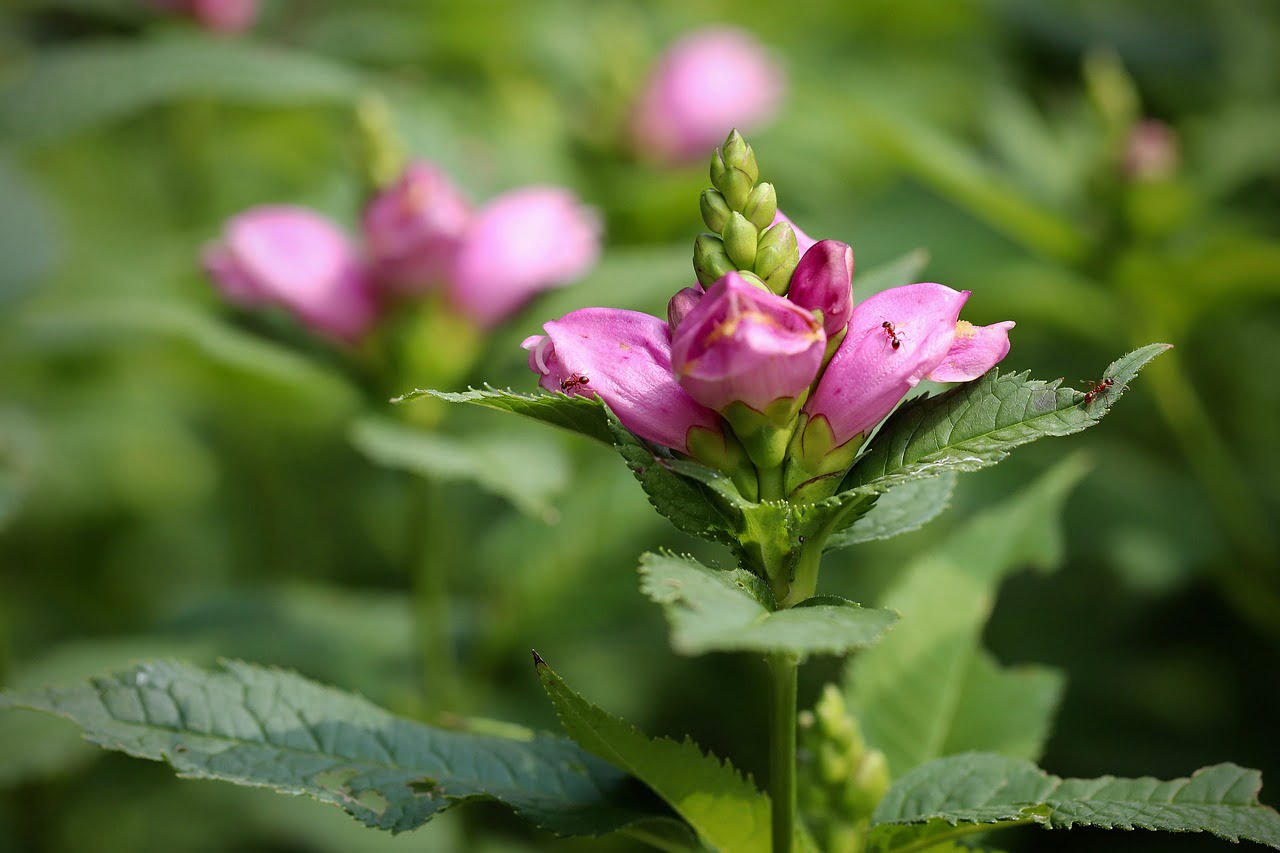
Chelone and Planting: A Comprehensive Guide
Introduction
In the world of gardening and landscaping, Chelone, commonly known as turtlehead, is a fascinating plant that can add both beauty and charm to your outdoor space. If you’re considering planting Chelone in your garden, this comprehensive guide is here to help. We will walk you through everything you need to know about Chelone, from its characteristics to the best practices for planting and care. So, let’s dive right in!
What is Chelone?
Chelone, or turtlehead, is a herbaceous perennial plant native to North America. It gets its intriguing name from the shape of its flowers, which resemble the head of a turtle, complete with a closed “mouth.” These unique blooms make Chelone a popular choice for garden enthusiasts looking to add a touch of whimsy to their landscapes.
Varieties of Chelone
Chelone comes in several varieties, each with its own distinct features and colors. Some of the most common varieties include:
- Chelone obliqua: This variety displays vibrant pink or magenta flowers and is known for its adaptability to various soil types.
- Chelone glabra: Featuring pure white blossoms, this variety is perfect for creating a serene and elegant garden.
- Chelone lyonii: With striking rose-pink flowers, this variety adds a burst of color to any garden.
Planting Chelone: Step by Step
Now that you have a basic understanding of Chelone, let’s explore how to plant this captivating perennial in your garden.
1. Choose the Right Location
Chelone thrives in partially shaded areas, making it an excellent choice for woodland gardens. Ensure the chosen spot has well-drained soil, as Chelone doesn’t like to have “wet feet.”
2. Prepare the Soil
Before planting, amend the soil with organic matter to improve its fertility and drainage. This step is crucial for the healthy growth of Chelone.
3. Planting Depth
When planting Chelone, ensure that the crown of the plant is at ground level. Space multiple plants about 18-24 inches apart to allow for adequate air circulation.
4. Watering
Keep the soil consistently moist, especially during the first growing season. Once established, Chelone is moderately drought-tolerant.
5. Mulch and Maintenance
Apply a layer of mulch around the base of the plant to retain soil moisture and suppress weeds. Regularly remove faded flowers to encourage continuous blooming.
Caring for Chelone
Chelone is relatively low-maintenance, but it does require some care to thrive.
Pruning
In late fall or early spring, prune your Chelone plants to remove any dead or damaged growth. This encourages new growth and maintains the plant’s shape.
Fertilizing
Apply a balanced, slow-release fertilizer in the spring to provide essential nutrients for healthy growth.
Pest and Disease Control
Chelone is generally resistant to pests and diseases. However, keeping an eye out for common garden pests like aphids and applying organic pest control methods can help ensure its health.
Conclusion
Incorporating Chelone into your garden can transform it into a haven of beauty and intrigue. With its distinctive turtlehead blooms and relatively easy care requirements, it’s a fantastic addition to any landscape. Whether you’re an experienced gardener or just starting, Chelone’s charm is sure to captivate you.
Frequently Asked Questions (FAQs)
1. Can I grow Chelone in full sun?
Chelone prefers partial shade but can tolerate some morning sun. Avoid planting it in hot, full sun locations.
2. How often should I water Chelone?
Water consistently to keep the soil moist, especially during its first growing season. Once established, it’s moderately drought-tolerant.
3. Do I need to deadhead Chelone?
Yes, removing faded flowers encourages continuous blooming and maintains the plant’s appearance.
4. Is Chelone a deer-resistant plant?
Yes, Chelone is known for its resistance to deer and rabbit browsing, making it a great choice for gardens in wildlife-prone areas.
5. Can I divide Chelone plants?
Yes, you can divide mature Chelone plants in early spring to create new plants or rejuvenate existing ones.